Apple is commemorating the 20th birthday of Shazam by looking back on the music recognition app's history and the "most Shazamed song" for each year of the past two decades.
The iPhone maker acquired Shazam in 2017, turning out the music app's fortunes and helping it to reach one billion song recognitions per moth in 2021.
Apple notes that, as of the week of Aug. 15, Shazam has more than 225 million monthly global users and also officially surpassed 70 billion songs recognitions.
To mark the 20th birthday of Shazam, Apple has created an Apple Music playlist listing the song that had the most recognition requests each year since 2002. That includes everything from Sia's "Cheap Thrills" to "Astronaut in the Ocean" by Masked Wolf.
"The fact that people all over the world took time out of their day to pull out their phone and Shazam my songs is a huge honor for me as an artist," said Masked Wolf. "You know you've got something special if you see the Shazam stats moving."
Apple also details some notable moments in Shazam's history. The very first song to be Shazamed was "Jeepster" by T. rex in 2002. The first recognized song on the iOS app in 2008 was "How Am I Different" by Aimee Mann.
"TiK ToK" by Kesha was the first track to reach one million Shazams, while "Somebody That I Used to Know" by Gotye feat. Kimbra was the first to reach 10 million song recognition. Lil Wayne was the first artist to reach both 1 million Shazams in 2009 and 10 million Shazams in 2011.
Shazam originally launched in 2002 as a text messaging service that allowed users to get the names of tracks by dialing a number and holding up their phones to the music. Two decades later, the app is an important service for both music discovery and song recognition.
 Mike Peterson
Mike Peterson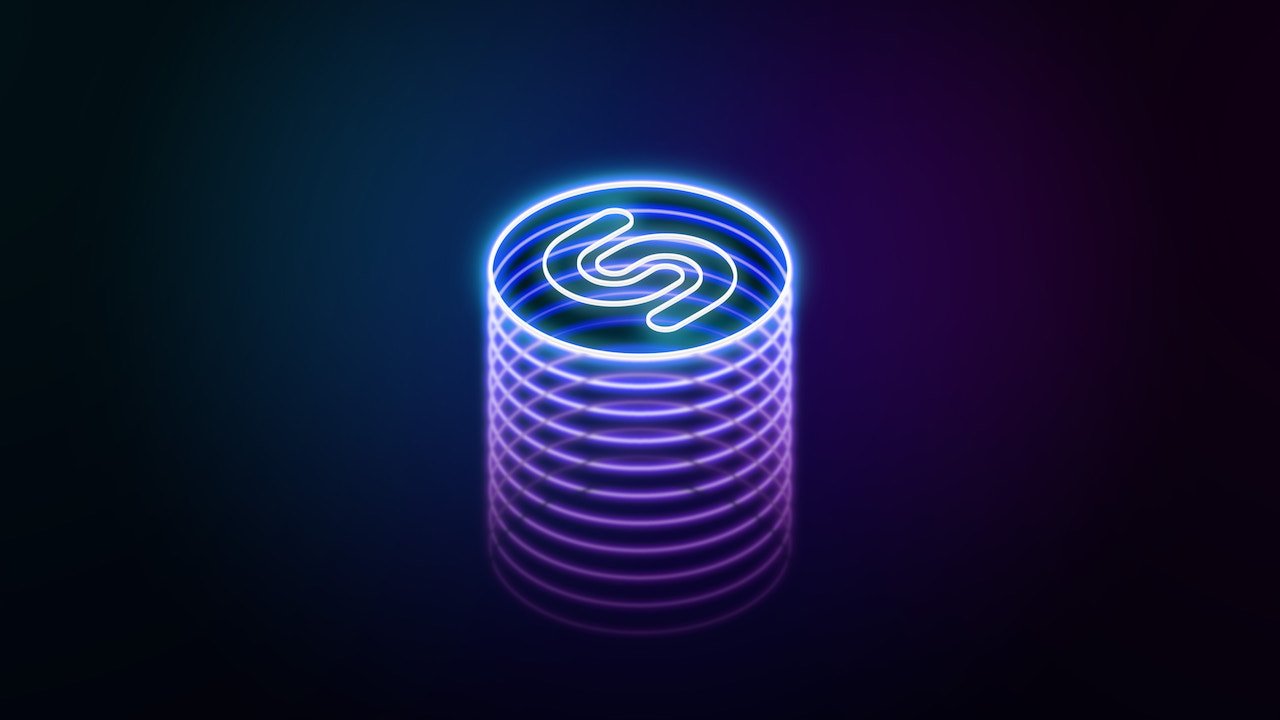








 Christine McKee
Christine McKee
 Malcolm Owen
Malcolm Owen
 Amber Neely
Amber Neely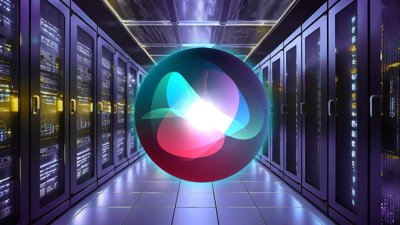

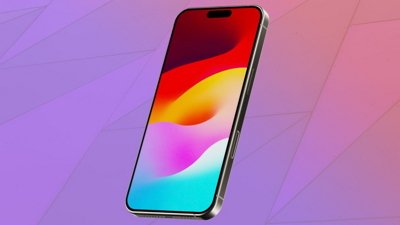


 Chip Loder
Chip Loder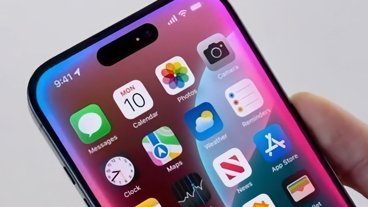
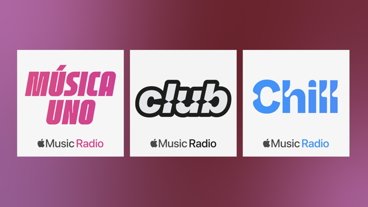
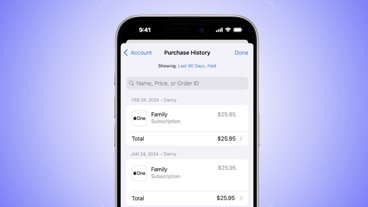







10 Comments
This article is about but does not link to this https://www.apple.com/newsroom/2022/08/shazam-turns-20/
I can’t tell you how many times I’ve heard a catchy song in, say, a grocery store and used Shazam to identify it and find a new band that I enjoy. This is just one of the many “every day miracles“ that Apple has protected and nourished to add value to it’s products and enhance the user experience.
I'm especially impressed by this technology, its accuracy, and its incredible speed because I remember the difficulty involved with trying to manually identify the unique source or sources of the spectrographic data signatures captured from sonobuoys and towed hydrophone arrays when I was in the Navy. The techniques and algorithms are exactly the same, but the dynamics are quite different because songs don't speed up, slow down, turn sound generating sources on and off, all seemingly at random intervals, or try to employ masking techniques. Not to mention the influence of transient sound sources. On the other hand, there are not millions of potential sound sources of interest steaming around on top of and beneath the ocean. The technology and algorithms that Shazam uses is (and has been for many years) applied to vibration analysis in several other industrial applications, including testing, diagnostics, and especially rotating and reciprocating machinery fault detection and failure prediction.
While the technology, techniques, and algorithms behind Shazam have been around for more than 50 years, the speed and accuracy at which Shazam operates using only the sensor and processing capabilities present in a pocketable smartphone is nothing short of amazing.
Speaking of Shazam, a lock-screen widget would be nice to have.